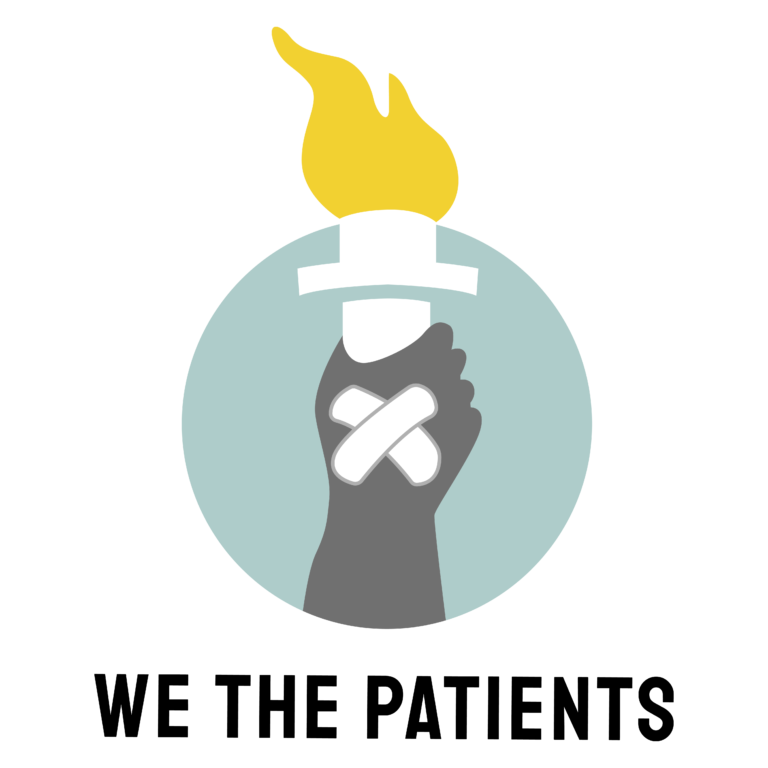![]() LAWSUIT MAP
LAWSUIT MAP
Searching public court records, this research identified a universe of more than 80,000 hospital lawsuits brought by non-profit hospitals since 2015 and state-run hospitals since 2019. The disproportionately large volume of cases brought by state-run facilities required CSS to limit its analysis of their cases to those filed since 2019. The five state-run facilities are responsible for over 20 percent of all medical debt lawsuits, despite this limit on the search timeframe. By contrast, most of the 210 other hospitals in New York State do not sue their patients at all or only do so very rarely. Nationally and in New York, many hospitals are discontinuing or reducing the practice of suing patients or erasing patients’ medical debt.
The five state-run facilities alone have filed over 16,000 lawsuits since 2019, representing 20 percent of all medical debt suits. These state-run facilities receive over $530 million annually in federal Disproportionate Share Hospital funding which is supposed to support their uncompensated care costs. CSS research found that SUNY Upstate, for example, disproportionately sued patients who live in low-income communities of color – even 12 patients who were incarcerated and demonstrably had no means to pay their bills.
Our Discharged Into Debt series of reports takes a closer look at these alarming lawsuits against patients and finds some disturbing trends. New York hospitals receive billions of dollars in state support each year, including over $1 billion in Indigent Care Pool funds, designed to support the provision of financial assistance to low- and moderate-income New Yorkers. Yet we found that the hospitals that sue the most patients routinely keep these ICP funds instead of offering financial assistance to patients, thus pocketing a windfall. Our reports also found that nonprofit hospitals often disproportionately sue patients of color, aggressively sued patients at the height of the pandemic, garnished the wages of low-wage workers, and took liens on patients’ homes.


